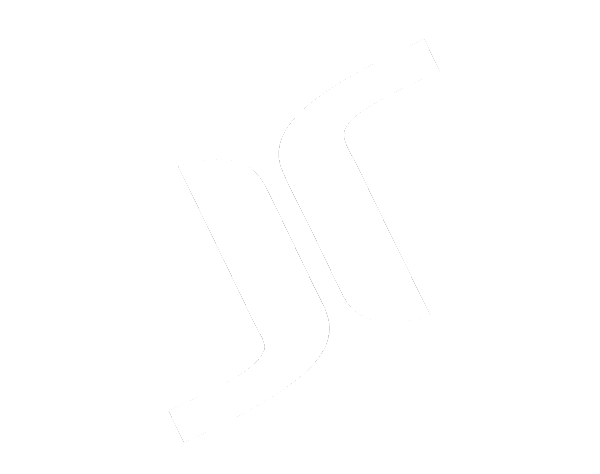User Interface Design
User Experience Design
User Research
Due to the sensitive and confidential nature of this proprietary material, some screens have been simplified, blurred, or negated.
Boeing Global Services is a prominent division of the global aerospace giant, Boeing. Renowned for its commitment to excellence, Boeing Global Services provides comprehensive support solutions to customers worldwide. With a diverse portfolio of offerings, ranging from fleet management and maintenance to digital aviation solutions, this division plays a critical role in ensuring the operational efficiency and effectiveness of Boeing's products and services. Boeing Global Services caters to a broad spectrum of clients, including commercial airlines, defense organizations, and government agencies. Its expertise extends beyond providing spare parts and technical guidance, as it actively collaborates with customers to develop tailored solutions that optimize operational performance, reduce costs, and enhance safety. Through its global network of service centers and partnerships, Boeing Global Services enables seamless support to customers in every corner of the world.
Digital Product Alerting Tool
Objective
Product alerting is an essential feature that ensures users receive timely information about upcoming releases, maintenance schedules, updates, and outages. It is also a requirement mandated by the FAA. However, the old product alerting tool was obsolete and built on outdated technology, making it difficult to maintain and not scalable. Additionally, it lacked comprehensive analytics for reporting purposes. As a result, there was a need for a new alerting tool that could serve both internal and customer-facing purposes.
Strategy
The first step was to analyze the current tool and review the previous business requirements. Next is to review and understand the newly gathered business requirements (there were no previous customer/user requirements) and identify any similarities and gaps. Next, work closely with the solution architect to aid in identification of components, environment and integration, needs for the tool.
Research and Analysis
There was a first initial research phase to view other companies current alerting solutions, but there is no one better to help with research than the users themselves. Since the previous tool has been in operation for awhile, there was a lot of user/customer feedback, error log analysis on how the tool has been performing. This gave rise to a number of UI/UX issues and performance issues that needed to be addressed. After a comparison of the business requirements to the user/customer requirements our team was able to come to an agreement on what to proceed with.
Mockups and Prototyping
! developed user flows and wireframes to make sure all features of the tool were included, and accessible. This was accompanied by mockups of major page types. In our design phase we set out to simplify the design and streamline the interactions. There had been numerous excess clicks and movements needed to accomplish the needed tasks. I began the wire framing process to pin point the appropriate framework needed to solve our UX problems.
The new design allows for not only internal alert creation and sending(old tool), but is enhanced with scheduling, draft creation, alert editing, previewing alert before being sent, searchable distribution lists, CRM integration, and tool analytics.
Early user testing was done with non-coded prototypes created in Figma to validate user flows, and the UI look and feel. Some new requirements were generated based on user feedback and requests for additional functionality. These changes were made to the designs and retested with users. After the updates and designs were validated both internally and with eternal users we proceeded to begin development work in our lower sandboxes.
Build
The build phase of the project utilized the advanced features and beta developer mode in Figma for shareable flows, designs, components, and HTML/CSS. Close collaboration with the development team and QA assured designs were being implemented and executed appropriately but also with technical limitations in perspective. We were able to develop a POC, followed by a full featured app in lower environments for UAT. Once UAT was completed and some new requirement adjustments happened and performance issues were addressed, we altered our designs and code and polished off the project.
Testing
Thorough testing was done along-side our QA to validate designs, performance, and usability. After our in-house testing we brought in some of our most valuable and trusted customers for UAT.





